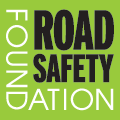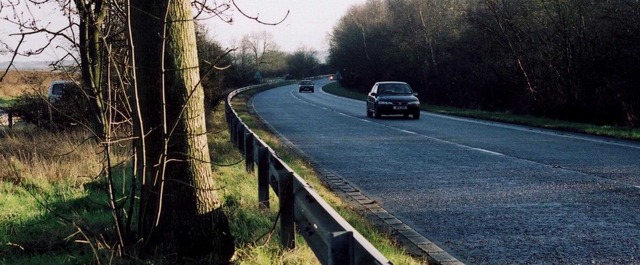EURORAP DISCUSSED BY UK MINISTERS DURING PARLIAMENTARY QUESTIONS
Part of the work of the European Road Assessment Programme is to make certain that the relevant Government departments, agencies and politicians are aware of, and understand, the potential road safety benefits which the research has identified.
Following the publication of the British results on 18 September 2003, The AA Motoring Trust wrote to Ministers and opposition transport spokesmen in the UK and European Parliaments, highlighting the major findings.
The 2003 results brought important new information to Britain’s drivers, showing how risks changed as they moved from one road section to another. The results also presented the most comprehensive accident risk map yet published – showing the risk rates for the British primary route network across England, Scotland and Wales. The results also provided information on the success stories and challenges faced by those responsible for public roads, presenting ‘Britain’s most improved roads’ and ‘Britain’s persistently high risk roads’.
Evidence that the UK Government are beginning to incorporate EuroRAP into their work came in December 2003 when a series of written Parliamentary Questions was raised by front bench Ministers in the House of Commons. In a debate on speed cameras, Damian Green MP, Conservative Shadow Secretary of State for Transport asked how many fixed speed cameras were in place on a range of British roads, including the A537 between Macclesfield and Buxton, the A534 between Farndon and Nantwich, the A682 between Barrowford and Long Preston, the A54 between Congleton and Buxton and the A631 between Gainsborough and Glentham.
In reply the Transport Minister, David Jamieson, stated that “These roads are some of those listed in the EuroRAP 2003 British Roads Results Survey as being “Britain’s persistently high risk roads”. They are single carriageway roads; some are remote Peak District areas. Where accidents and casualties are spread along lengths of rural roads, fixed location cameras will be of less value than mobile cameras or other traffic engineering and enforcement measures appropriate to the problem”.
When asked the same question for road sections including the A134 between Thetford and the A10, the M73 between junctions 1 and 3, the A682 between the A56 and the A646 Burnley, and the A6 between Leicester and Derby, Mr Jamieson stated that “These roads are some of those listed in the EuroRAP 2003 British Roads Results Survey as being “Britain’s most improved roads”. They are a mixture of urban and rural roads, single and dual carriageway and one short motorway. Cameras will have been an appropriate casualty reduction technique in some of the cases, combined with other traffic engineering and enforcement measures appropriate to the problem”.
EuroRAP has been keen to illustrate that preventing death and injury on the road need be neither expensive nor complex – promoting the message that simple engineering measures, often at low cost, together with police enforcement and information through effective road markings and signs, can significantly reduce routine road accidents. Whilst recognising that it does need financial investment, it also requires discipline from authorities in engaging people with the right skills to measure where people are being routinely killed and maimed, to apply systematically the known remedies, and to maintain roads properly.

